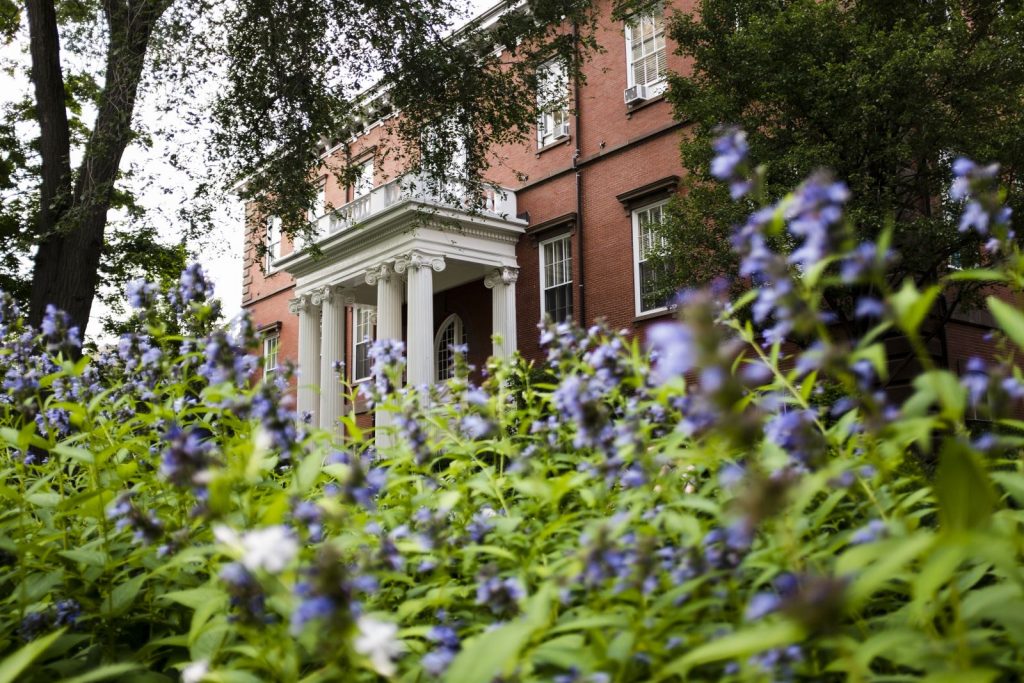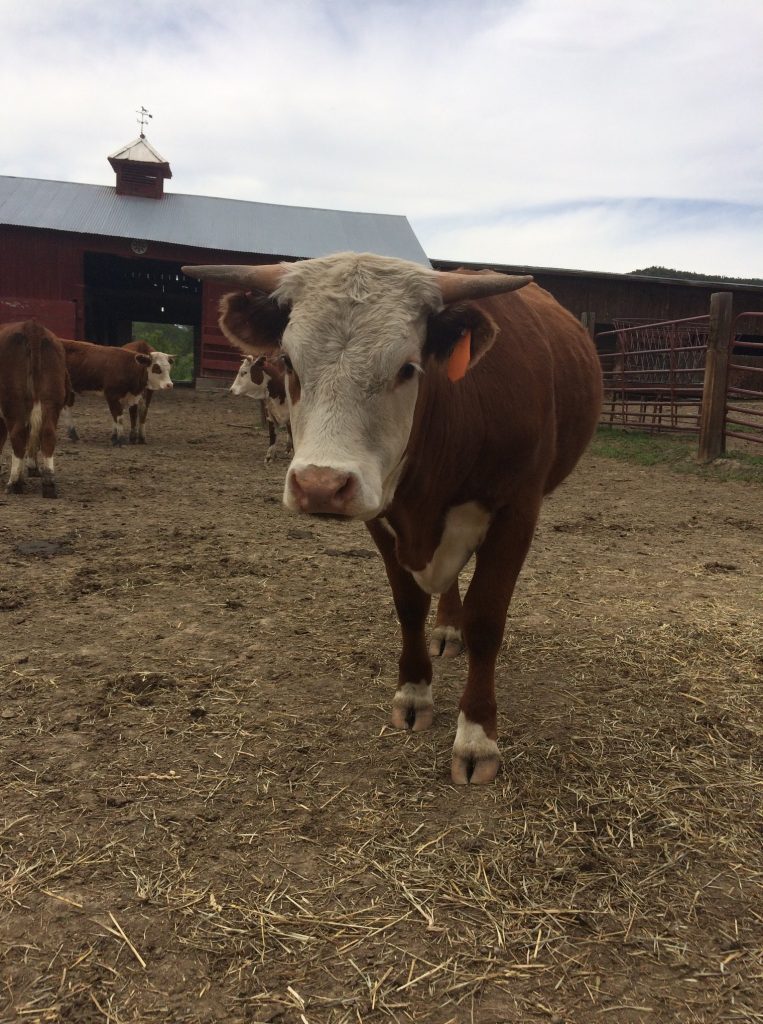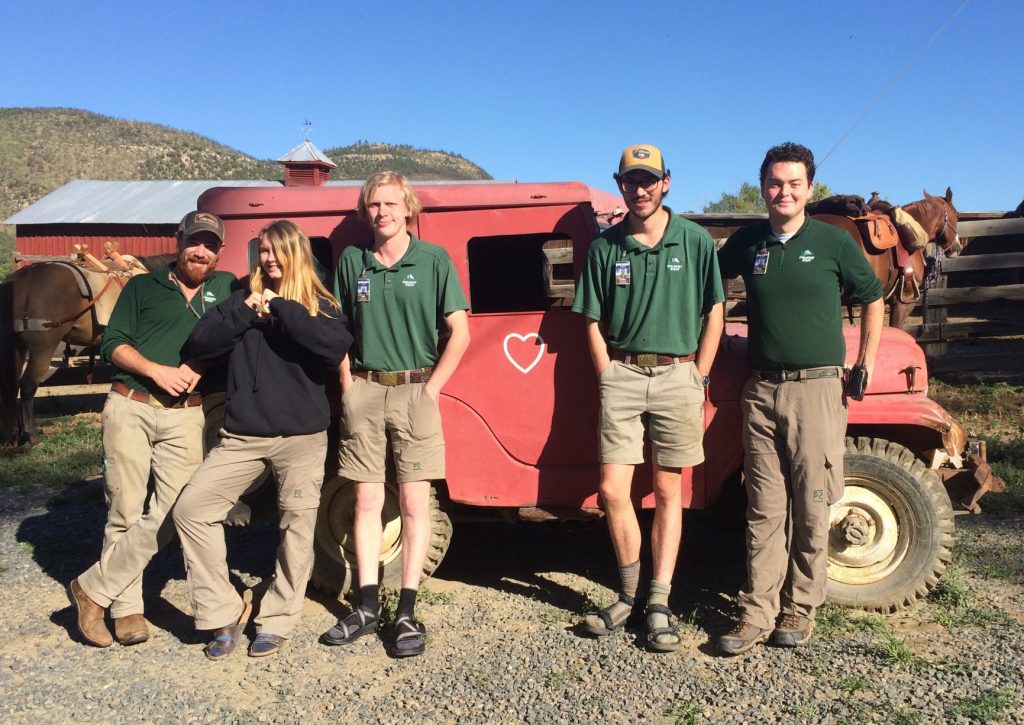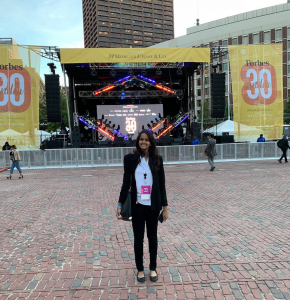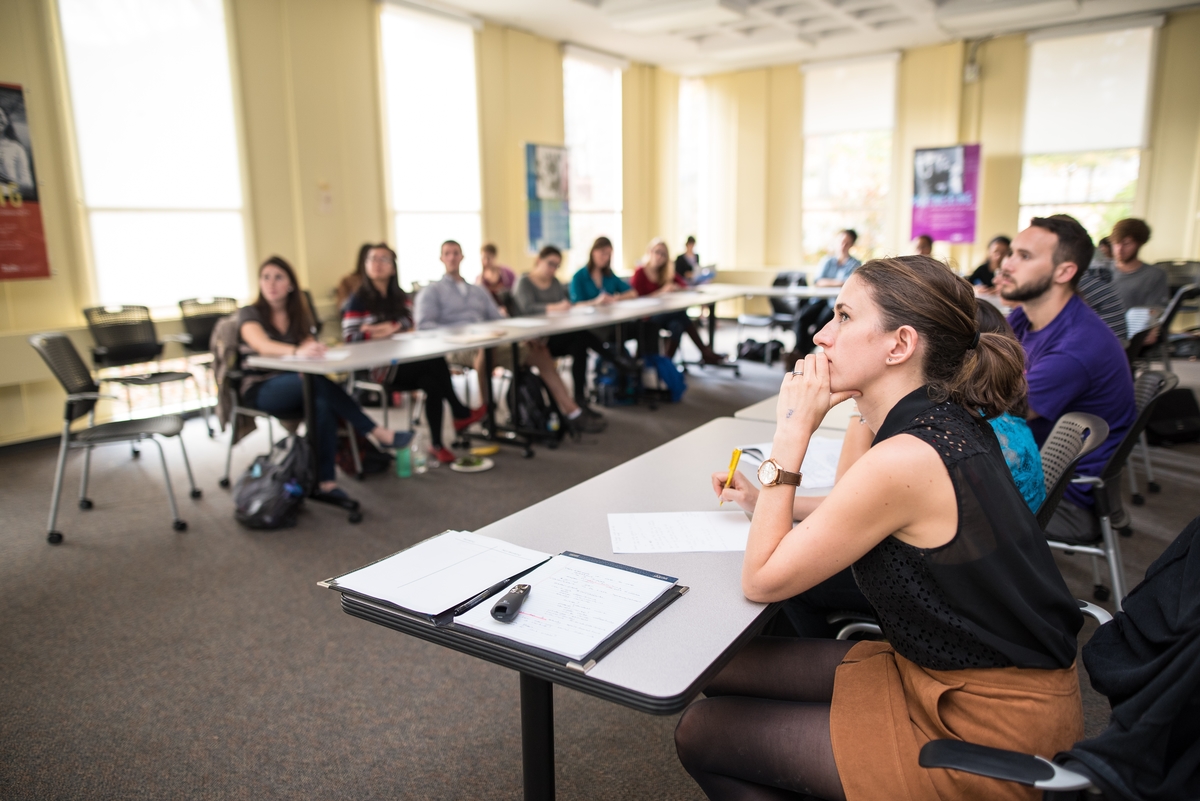By Jennifer Khirallah, Biomedical Engineering Ph.D. candidate

Letters of recommendations are a key component in building your professional portfolio. They can make or break any application and leave lasting impressions. These letters unfortunately, need to be thought of months before you need them, so that you have the time to build connections with professors or professionals you wish to ask. Once you have chosen a list of professors to ask for recommendations you begin the daunting task of asking them to do this for you.
The key thing to remember is that you are asking a big favor of someone when you ask them to write you a letter of recommendation. Professors are busy and not all professors have the extra time to curate a special letter. It’s best to do everything you can to make their job as easy as possible.
When you email your professors asking for recommendations you should first explain to them why you want them specifically to write your letter. This includes what unique perspective they can offer. It is good to touch on some key points of your work with them and remind them of your relationship. Also, you want to tell them what aspects of yourself you want them to talk about (your independence, quick thinking, decision making, attitude, technical skills, etc.) so that each of your letters of recommendation touches on a different aspect of what makes you a great candidate.
An additional beneficial item to add in your email is an attachment of your resume or anything they could review when writing your letter. Another good thing to include is a small description of what you are applying for and a little information about the position so they can tailor their letter to your application.
Furthermore, when asking them to write this letter, make sure to give them more than enough time, at least one month, and make sure to tell them the due date is a week before it actually is in case there are major issues with what they wrote, or they are running behind. And do not forget to follow up with them a week before you tell them it’s due!
Finally, keep in mind that some professors may ask you to write your own letter that they will sign or to make them an outline. This is completely normally since professors are so busy. Take your time to curate a letter/outline saying specifically what you want to say about yourself and if you need help just ask a friend. Also, if professors say “no” to writing your letter is it okay, they are likely only saying no to you it because they don’t feel they would write a good enough one that would actually help you due to either lack of time or memory of your relationship with them. One final thing to keep in mind is if you know your professors are not always timely, it may be beneficial to ask one extra professor, so you have an extra to choose from or enough if one doesn’t follow through.
Below is an example of an email sent to a professor asking for a letter of recommendation for a graduate school application.
Example:
Dear Professor Happy,
I hope you had a great weekend. I am writing to ask you if you would write me a letter of recommendation for my graduate school applications. I am applying for a PhD program in Biomedical Engineering at Tufts University. I would like you to write a letter as I worked in your lab for one year working on various projects including X, Y, and Z. You would be able to offer a unique perspective on my skills in a laboratory setting. I am hoping you would touch on how I have played a key role in the progress of projects A and B, how I work well independently, and how I have shown success in designing my own experiments.
The due date for this letter of recommendation is X/(X-7)/X. I am attaching my resume for your reference. Please let me know if this is something you are willing to do and if so if you have any questions for me. Thank you!
Best,
Jenn

